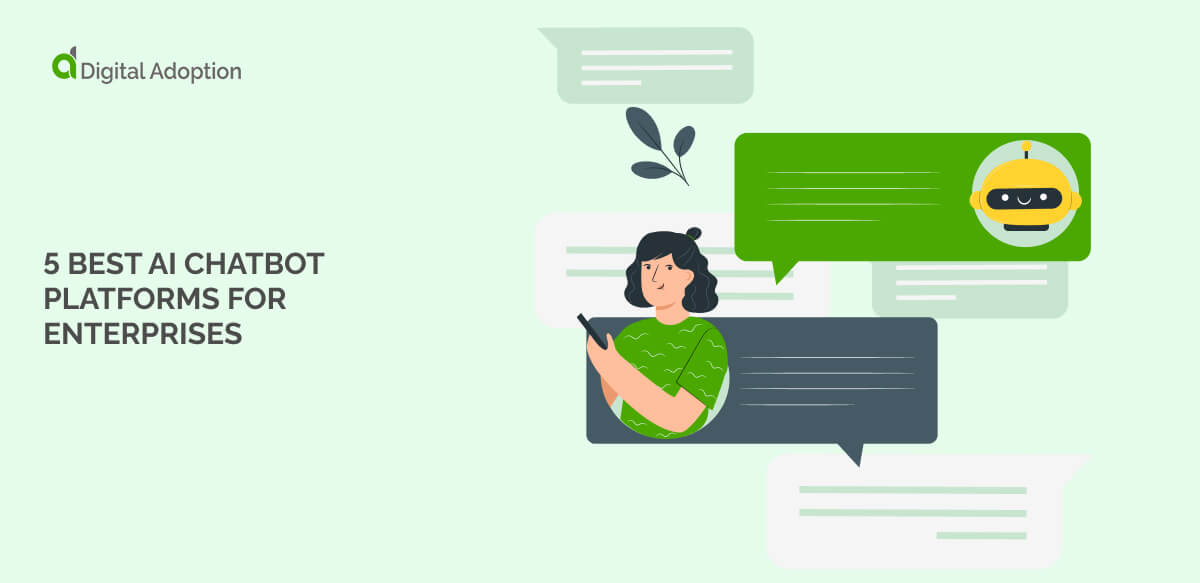Whether onboarding new customers to your service or new employees into your business, you can follow several best practices to get the most out of your digital onboarding process.
If you’re planning the digital transformation of your current onboarding process, these best practices are need-to-know. They’re essential to setting up an experience-centric onboarding process that actively drives your business forward.
In this article, we will review the best practices we think are most crucial and elaborate on each.
Whether you’re trying to drive digital adoption, save costs, or attract new customers, you’ll take something away from this list of distilled wisdom.
What is Digital Onboarding, and Who’s Responsible for It?
When it comes to digital onboarding, there are two sides to the coin: employee onboarding and customer onboarding.
Digital Customer Onboarding introduces customers to your business, product, or service by leveraging digital tools and channels. It’s essential to any customer experience strategy as it sets the tone for future interactions.
The responsibility typically falls on several departments, including Customer Experience Management (CXM), Product Development, Marketing & Sales, and Human Resources (HR). Each department brings its own set of best practices to the table.
Combining each department’s expertise allows you to create a streamlined digital onboarding process that meets everyone’s needs.
This ensures customers have a positive experience from day one, increasing brand loyalty and driving customer retention.
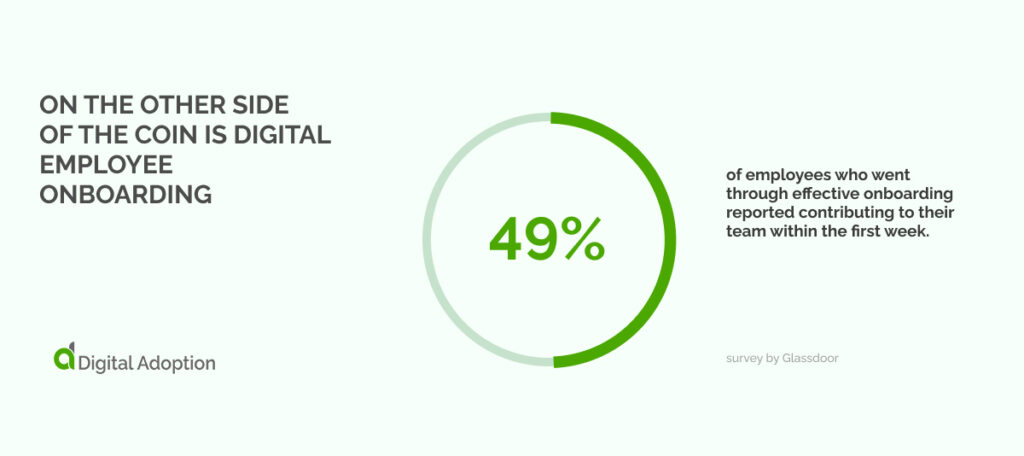
On the other side of the coin is Digital Employee Onboarding, which is much the same, but the goal is to streamline onboarding new hires to reduce their time-to-value and help them get the most out of their first few days, according to a survey by Glassdoor 49 percent of employees who went through effective onboarding reported contributing to their team within the first week.
HR, IT, and managers must collaborate to design an excellent Digital Employee Onboarding experience.
When we say “digital onboarding,” we refer to one of these two definitions. Most of these best practices apply to both.
10 Digital Onboarding Best Practices
These ten best practices will help you create meaningful and impactful experiences during the onboarding process. Our list isn’t exhaustive— there’s plenty more you may want to consider when designing your own onboarding process.
That said, these ten best practices for digital onboarding are critical to success:
- Know Your Customer
- One Pane of Glass
- Easy, Fast, Seamless
- Tech-enabled, Data-powered
- Robust Security, Strict Compliance
- Automate Everything Possible
- Customize The Experience
- Anywhere, Any time
- Communication is Key
- Follow Up on Your Good Work
Let’s dig into each best practice and unpack what it means, with some strategies on how to incorporate them into your own onboarding process:
Know Your Customer: The Importance of a User-Centric Approach
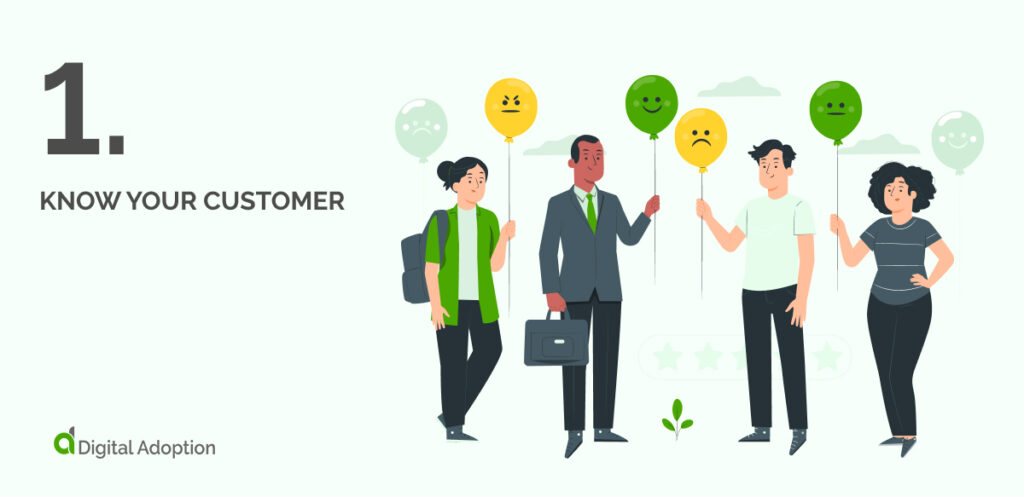
The first best practice we suggest is to gather as much information about your customer as possible.
You can ask them to complete surveys, capture their preferences and behavior on your website, or use existing data from other sources.
This data will help you understand who your customers are and how they interact with your product or service. With this knowledge, you can tailor the user experience to suit their needs and personalize the onboarding process for each user.
By understanding a customer’s motivations and expectations, you’ll be better able to provide support when things go awry and respond quickly to requests.
By developing customer personas, you’ll be well-positioned to market your other products or services more effectively. In a McKinsey survey of Medicare Advantage members, 49% said they would be interested in signing up for notifications about new benefits during the onboarding process.
You should also ensure that all customer data is safely stored and handled according to GDPR. This will build trust between your brand and customers, helping to maintain a positive relationship in the long run.
One Pane of Glass: The Benefits of a Single-Source Solution
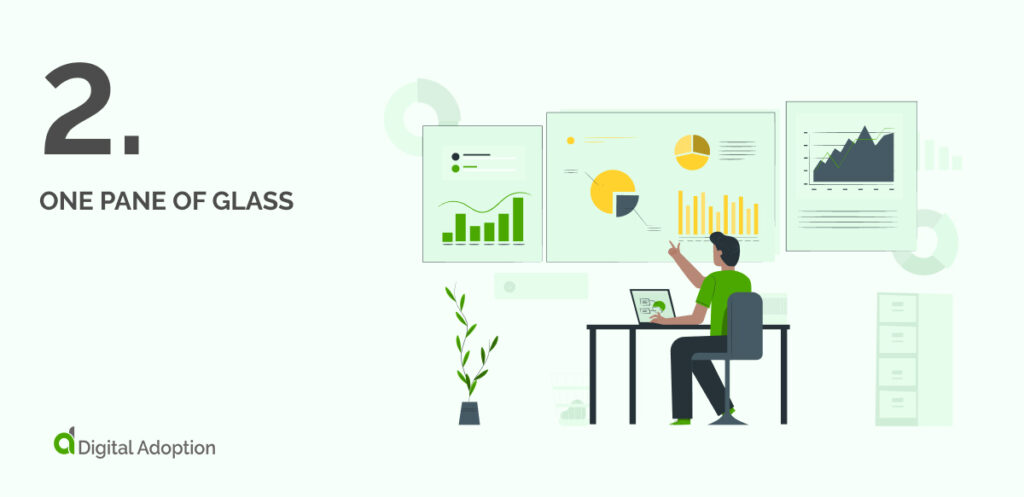
Aim to create a “one pane of glass” experience.
This means creating an onboarding process that starts and finishes in one place without requiring the customer or employee to switch between multiple applications or websites.
Using a single-source solution, you can reduce complexity and streamline processes, making the entire experience easier to navigate.
It’s said that onboarding customers are like herding sheep down a road: If there’s a single open gate, they will stray.
Your single-source solution should also be mobile-friendly to ensure users can access everything they need on any device. This will give them more freedom when completing tasks and provide extra convenience.
Finally, a single-source solution ensures better collaboration between internal departments, allowing everyone to access the same information and make quick decisions.
This will improve communication across the organization and help to create a more efficient digital onboarding process.
Easy, Fast, Seamless: Streamlined Digital Onboarding
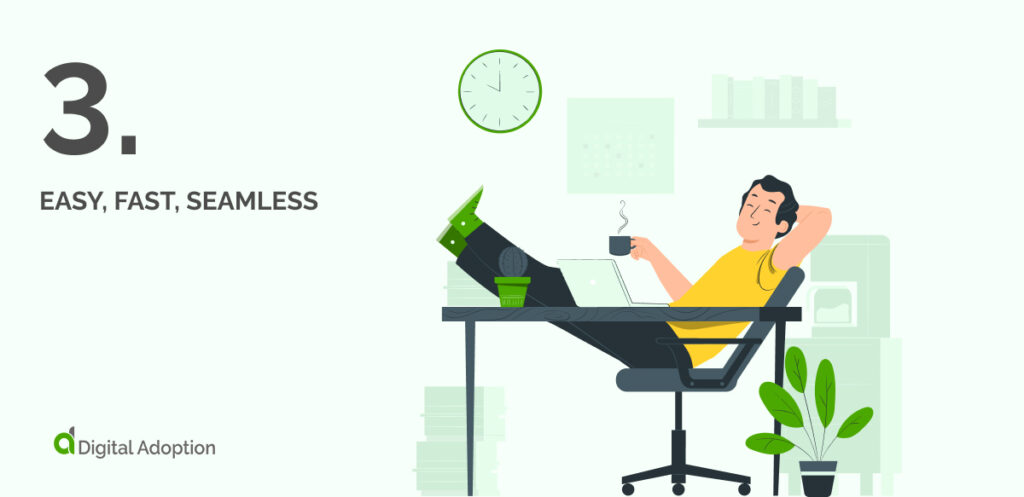
Your digital onboarding process should be easy, fast, and seamless.
The modern consumer is tech-savvy and values convenience: A 2022 survey of nearly 10’000 consumers by PwC states that 40% of customers would pay extra for same-day delivery.
With that in mind, you should ensure your onboarding process is easy-to-understand and requires minimal steps.
Start by ensuring customers can register quickly and easily on your website. This should involve minimal data entry and be done in simple steps.
In addition, you may want to provide additional features, such as the ability to upload documents or sign up for newsletters.
Ensure all navigation is intuitive and all text is easy to read, so customers can find what they need quickly.
You should also break down complex tasks into simpler steps so users don’t get overwhelmed. This will help them complete their onboarding faster and more efficiently.
Providing customers the ability to save their information is also key, as this will help make future customer onboarding smoother and faster.
Finally, ensure that customers can easily track their onboarding process’s progress. It’s fine to have a long onboarding process as long as your customers are prepared for it. Presenting a checklist at the beginning of the onboarding process is popular.
Tech-enabled, Data-powered: Leveraging Technology and Data to Enhance the Onboarding Experience
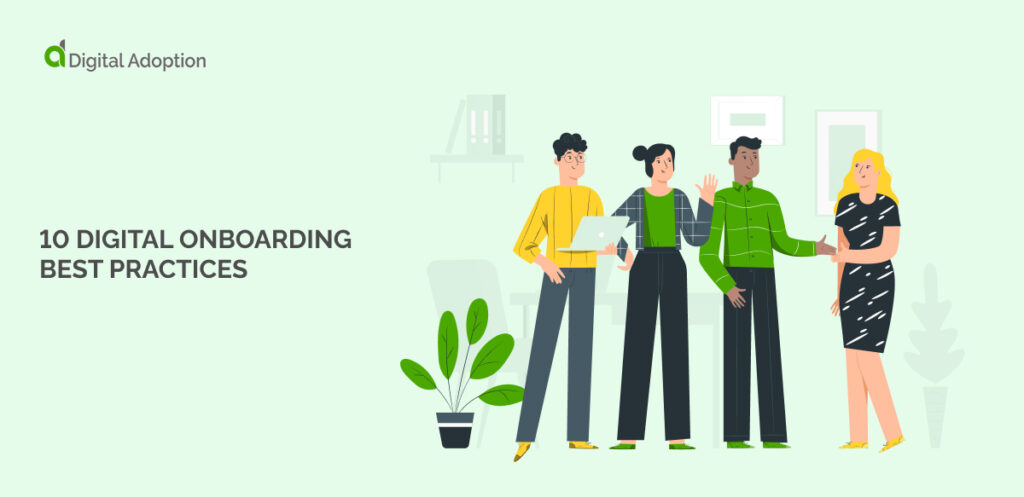
Digital onboarding should be tech-enabled and data-driven. Once you’ve created a streamlined digital onboarding experience, you can move on to optimizing it further by deploying an automation strategy or using artificial intelligence (AI) enabled tools.
By leveraging these tools, you can speed up the onboarding process even more and provide a seamless experience for your customers or employees.
This ensures a positive experience and helps protect your business from fraudsters by minimizing the risk of human error during identity verification processes.
Robust Security, Strict Compliance: Protecting You and Your Business During Onboarding
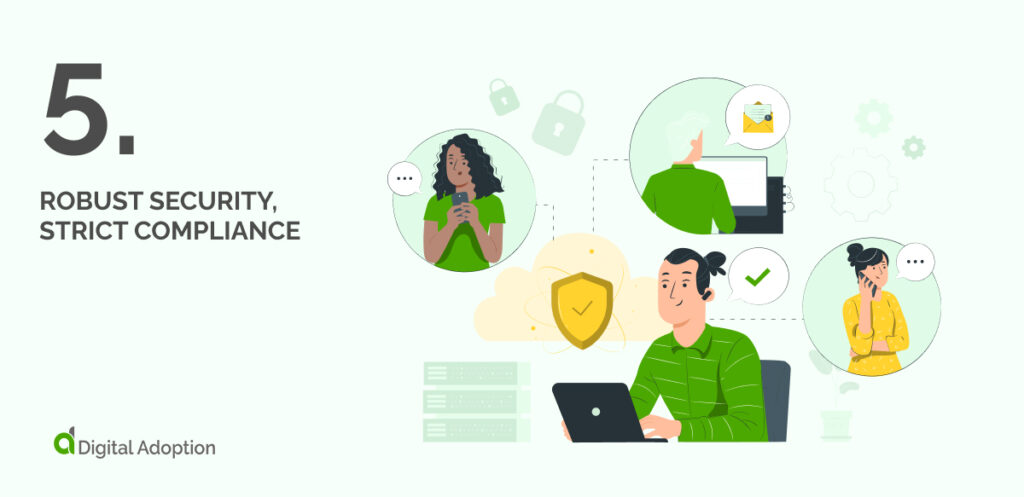
Regarding digital onboarding, you must ensure that all customer data is securely stored and handled according to GDPR regulations.
Your business should also have robust security protocols, such as two-factor authentication, stored data encryption, and frequent suspicious activity monitoring.
These are essential measures to protect your customer data and ensure that you maintain compliance with GDPR and other global laws.
By implementing these digital onboarding best practices, you can create a safe, secure, and user-friendly experience for your customers or employees.
This will help you build trust with them and keep your business compliant with all applicable regulations.
Automate Everything Possible: Eliminating Mundane Onboarding Tasks
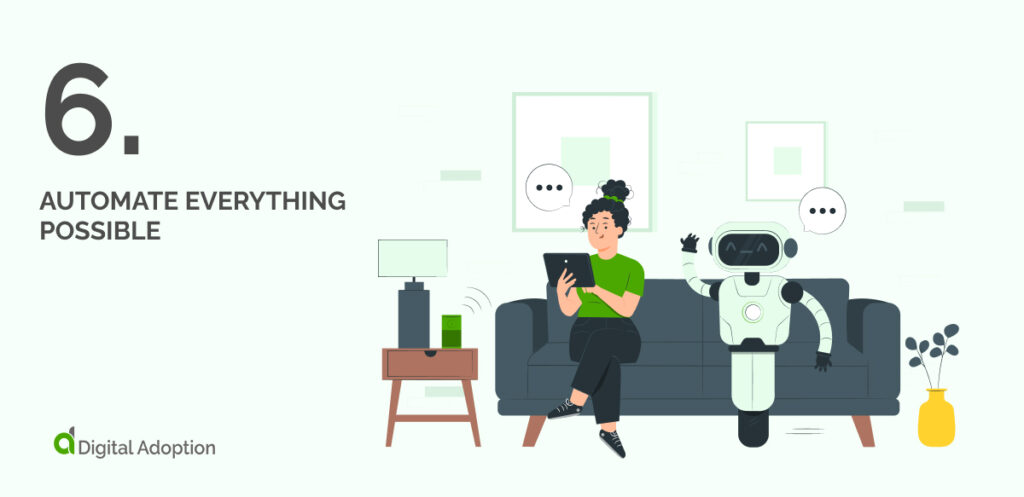
Automating your onboarding processes can help speed up customer acquisition and ensure a smoother user experience. You should aim to automate as much of the digital onboarding process as your reasonably can.
For example, automated identity verification, document uploads, or email notifications are all areas where automation can streamline the onboarding process.
A 2022 survey by Mckinsey found that ‘Know-your-customer due diligence’ and ‘account opening’ processes take up nearly half of the onboarding time for banks. However, 60% of banks are already offering or looking to offer instant account opening through digital KYC solutions.
Automation can also help reduce manual errors and ensure all tasks are completed correctly and on time, minimizing delays during employee onboarding.
In addition, automation allows you to quickly scale your onboarding processes as needed, so you can respond to changing customer trends and acquire more customers faster.
Just remember that an automation strategy is iterative. You don’t have to uphaul and automate everything all at once. It’s better to automate individual processes one at a time.
Customize The Experience: Adding a Human Touch to Onboarding
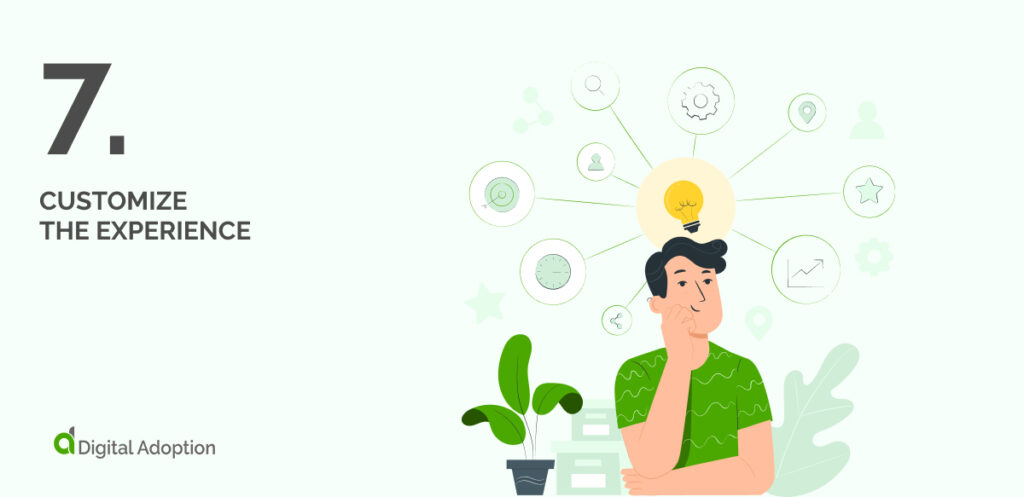
Customizing digital onboarding is key to creating and helping employees adapt to digital transformation.
Personalizing each process step ensures that customers or employees feel welcomed and valued as they work through their onboarding tasks.
For example, sending out personalized emails throughout the onboarding process lets customers know that their progress is being tracked.
You can customize the onboarding experience by offering tailored incentives or rewards to customers or employees who complete their tasks quickly and efficiently. This will encourage users to stay engaged and motivate them to finish onboarding quickly and successfully.
Finally, you should also provide your customers or employees with a way to give feedback and ask questions throughout the onboarding process. For employees, consider assigning a mentor. For customers, consider a chatbot.
By doing this, you can ensure that all customer or employee concerns are addressed in a timely manner, providing a more positive overall experience.
Anywhere, Any time: Making Onboarding Accessible
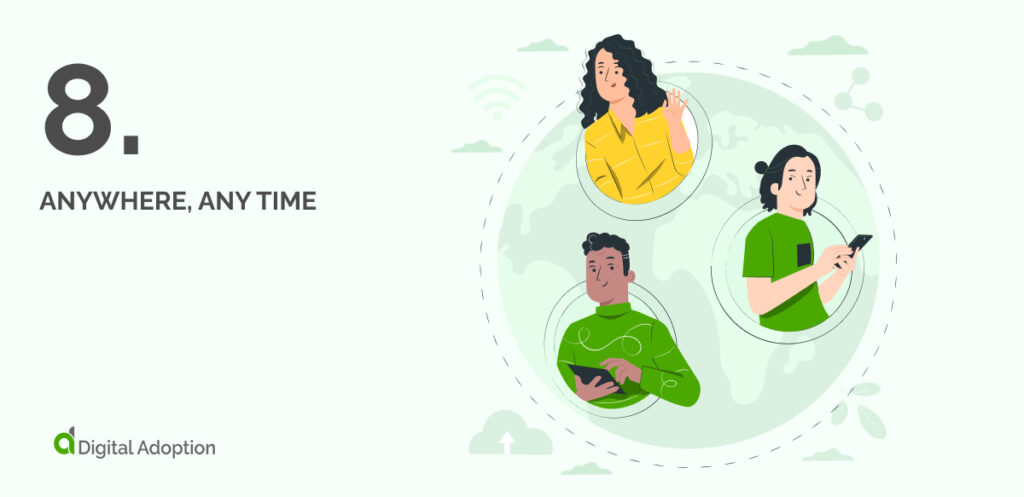
Digital onboarding should be accessible from anywhere, at any time.
Customers and employees should be able to access the onboarding process via their computer, smartphone, or tablet – regardless of location.
This will help ensure a seamless experience, as customers and employees can complete onboarding tasks on the go or in the comfort of their homes.
From a customer perspective, a digital onboarding process available anytime and anywhere can help streamline the sign-up process and ensure a speedier acquisition of customers.
Accessing onboarding materials remotely will allow employees to get up to speed quickly and start contributing faster – even if they are working from home or in a different time zone.
Communication is King: The Key to a Healthy Relationship
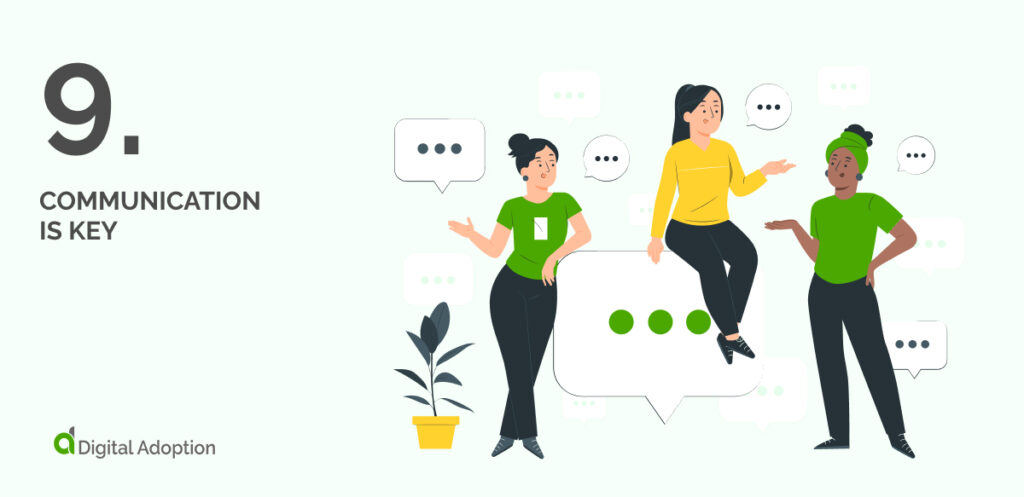
Communication is essential throughout the onboarding process.
You should ensure that customers or employees are regularly updated on their progress and that any questions they have are answered promptly.
This will help keep them engaged, informed, and motivated to complete the onboarding process successfully.
For customers, consider sending regular emails or text messages throughout the onboarding process. This will help keep them up to date on their progress and ensure that they don’t become overwhelmed by the amount of information they must take in.
Follow Up on Your Good Work: It’s Not Over ‘til It’s Over
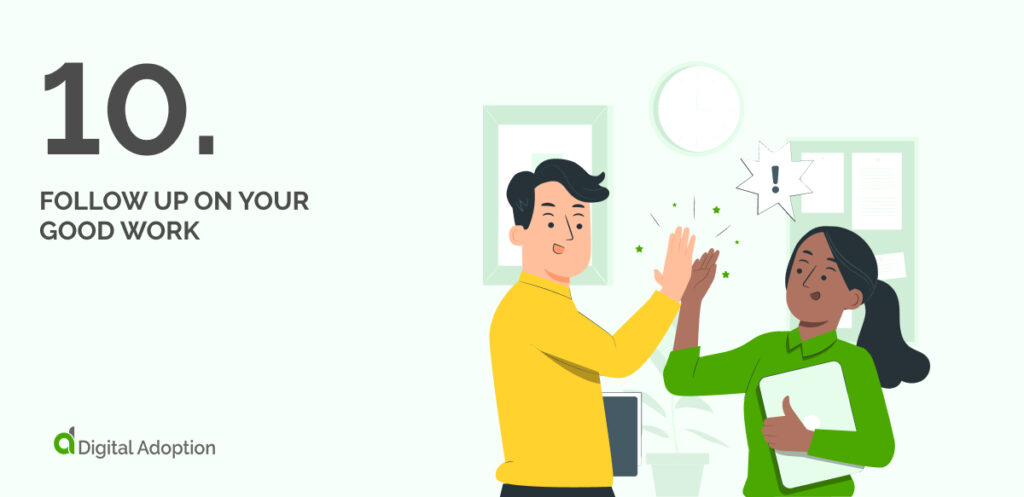
Onboarding doesn’t have to end once the customer is onboarded.
Following up on onboarding is essential for maximizing customer or employee satisfaction and loyalty. It will help show customers that you value their business and care about their success.
Start by asking customers or employees how they feel the onboarding process went and if they have any suggestions for improving it.
You can also follow up with customers or employees after they have completed their onboarding tasks and ask them if there is anything else you can help them with.
Finally, consider sending out a survey to customers or employees after the onboarding process is complete so that you can get detailed feedback on their experience.
Create Great Experiences with Digital Onboarding
Following these digital onboarding, best practices can create a positive and successful customer or employee journey.
Nailing the onboarding process helps you gain momentum, further driving better customer and employee experiences.
You only get one shot at onboarding, so can you afford not to get it perfect?

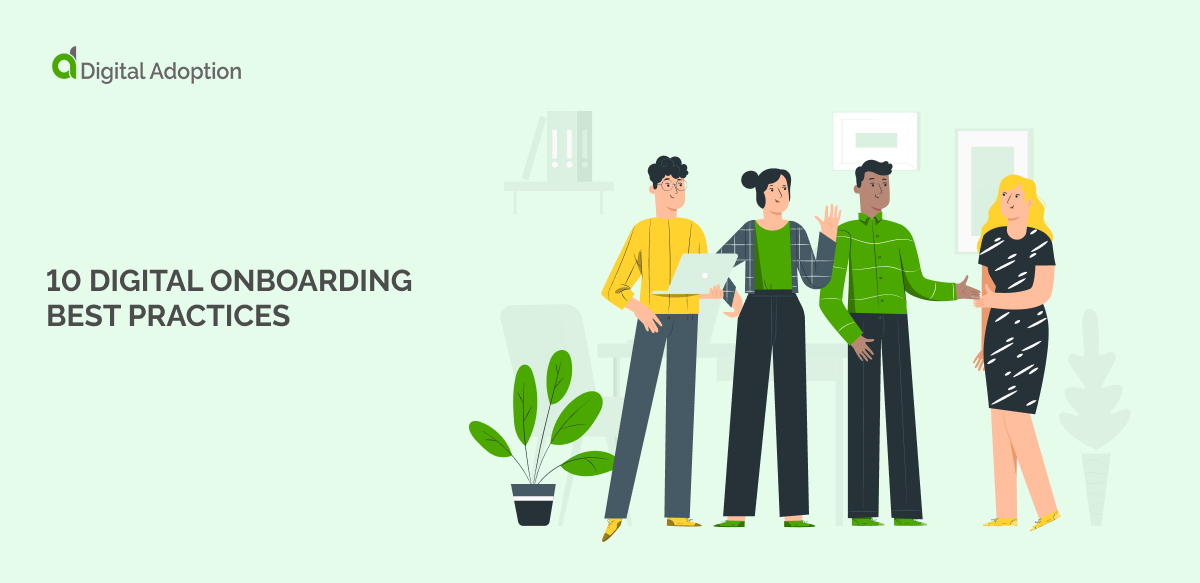


![4 Best AI Chatbots for eCommerce [2025]](https://www.digital-adoption.com/wp-content/uploads/2025/03/4-Best-AI-Chatbots-for-eCommerce-2025-img-300x146.jpg)


![13 Digital Transformation Enablers [2025]](https://www.digital-adoption.com/wp-content/uploads/2025/02/13-Digital-Transformation-Enablers-2025-img-300x146.jpg)



![4 Best AI Chatbots for eCommerce [2025]](https://www.digital-adoption.com/wp-content/uploads/2025/03/4-Best-AI-Chatbots-for-eCommerce-2025-img.jpg)

